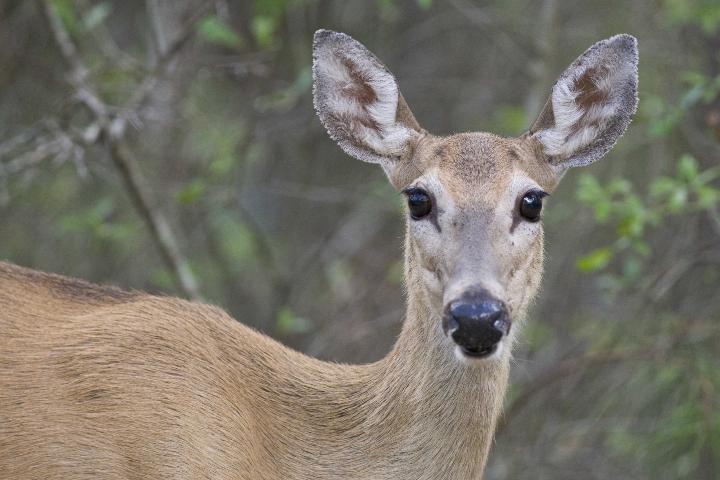
by Julie McConnell | Nov 22, 2016
 Missing rose buds, pulled up pansies, and damaged tree trunks are all signs that something has been visiting your garden while you are away. But what could it be? Most gardeners are familiar with leaf spots caused by fungal diseases or minor feeding damage by insects, but to see half a shrub or an entire flower bed demolished overnight indicates a different type of pest.
Missing rose buds, pulled up pansies, and damaged tree trunks are all signs that something has been visiting your garden while you are away. But what could it be? Most gardeners are familiar with leaf spots caused by fungal diseases or minor feeding damage by insects, but to see half a shrub or an entire flower bed demolished overnight indicates a different type of pest.
There are several mammals that visit home landscapes and may cause damage, especially in times of drought when natural food sources are limited. Because we provide water for our landscapes, our plants tend to have lush new growth at times when plants in natural areas have slowed growth because of a lack of water or other stressors that managed gardens do not face. So, it’s no surprise that herbivores will be attracted to our landscape for a midnight snack.
It is important to determine what is causing damage so that you can employ protective tactics if possible. Some things to look for to try to figure out who the culprit is are footprints, dropping, feeding clues (bite marks, scrapes, etc.), or other distinctive damage. For more details about how to tell the difference between damage caused by multiple pests see How To Identify the Wildlife Species Responsible for Damage in Your Yard.
Once you have determined what is causing the damage you can try some different strategies to deter future feeding. Some plants may be impossible to protect, but before you spend your money and time check out these recommendations by wildlife specialists at the University of Florida in How to Use Deterrents to Stop Damage Caused by Nuisance Wildlife in Your Yard
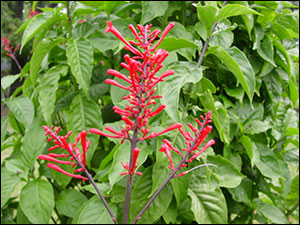
by Sheila Dunning | Nov 7, 2016
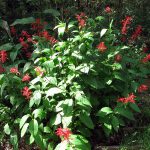 Looking to add something to brighten your landscape this autumn? Firespike (Odontonema strictum) is a prolific fall bloomer with red tubular flowers that are very popular with hummingbirds and butterflies. It’s glossy dark green leaves make an attractive large plant that will grow quite well in dense shade to partial sunlight. In frost-free areas firespike grows as an evergreen semi-woody shrub, spreads by underground sprouts and enlarging to form a thicket. In zones 8 and 9 it usually dies back to the ground in winter and resprouts in spring, producing strikingly beautiful 9-12 inch panicles of crimson flowers beginning at the end of summer and lasting into the winter each year. Firespike is native to open, semi-forested areas of Central America. It has escaped cultivation and become established in disturbed hammocks throughout peninsular Florida, but hasn’t presented an invasive problem. Here in the panhandle, firespike will remain a tender perennial for most locations. It can be grown on a wide range of moderately fertile, sandy soils and is quite drought tolerant. Firespike may be best utilized in the
Looking to add something to brighten your landscape this autumn? Firespike (Odontonema strictum) is a prolific fall bloomer with red tubular flowers that are very popular with hummingbirds and butterflies. It’s glossy dark green leaves make an attractive large plant that will grow quite well in dense shade to partial sunlight. In frost-free areas firespike grows as an evergreen semi-woody shrub, spreads by underground sprouts and enlarging to form a thicket. In zones 8 and 9 it usually dies back to the ground in winter and resprouts in spring, producing strikingly beautiful 9-12 inch panicles of crimson flowers beginning at the end of summer and lasting into the winter each year. Firespike is native to open, semi-forested areas of Central America. It has escaped cultivation and become established in disturbed hammocks throughout peninsular Florida, but hasn’t presented an invasive problem. Here in the panhandle, firespike will remain a tender perennial for most locations. It can be grown on a wide range of moderately fertile, sandy soils and is quite drought tolerant. Firespike may be best utilized in the
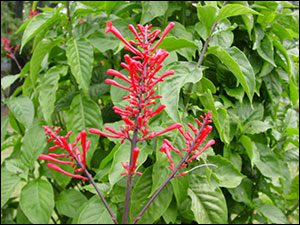
Image Credit UF / IFAS Gsrdening Solutions
landscape in a mass planting. Plants can be spaced about 2 feet apart to fill in the area quickly. It is one of only a few flowering plants that give good, red color in a partially shaded site. The lovely flowers make firespike an excellent candidate for the cutting garden and is a “must-have” for southern butterfly and hummingbird gardens. Additional plants can be propagated from firespike by division or cuttings. However, white-tailed deer love firespike too, and will eat the leaves, so be prepared to fence it off from “Bambi”.
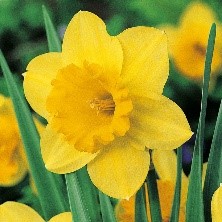
by Matt Lollar | Oct 28, 2016

The Jackson County Master Gardeners are selling daffodil bulbs. Bulbs are sold in paper bags for $5.00 per bag. Bulb counts vary per bag based on bulb size. For descriptions of available bulbs please see the attached flyer.
Jackson County Daffodil Selection/Description
To make a bulb order or for other questions please call the Jackson County Extension Office at (850)482-9620 and asked for Ms. Doris or Mr. Carl.
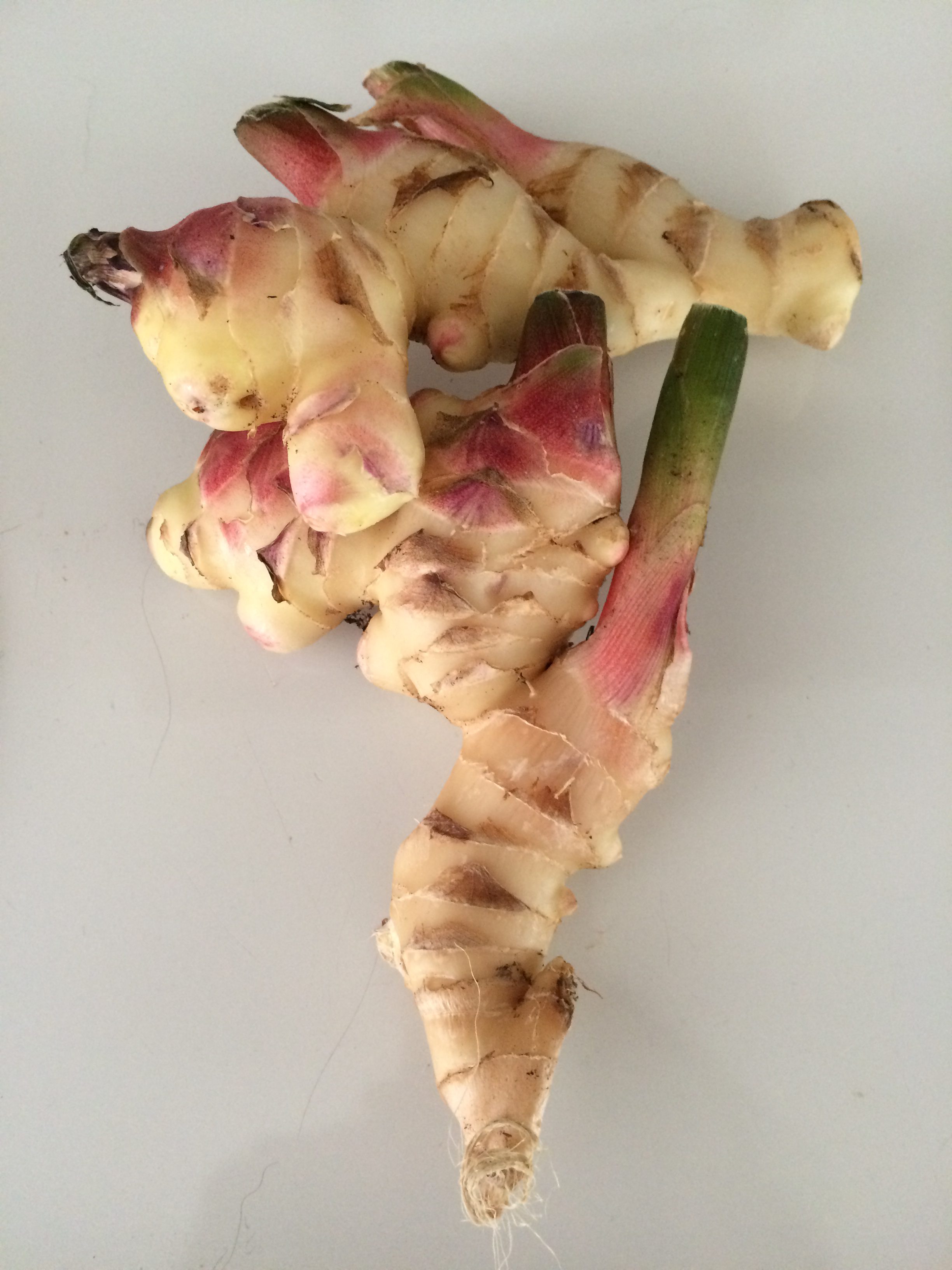
by Molly Jameson | Oct 26, 2016
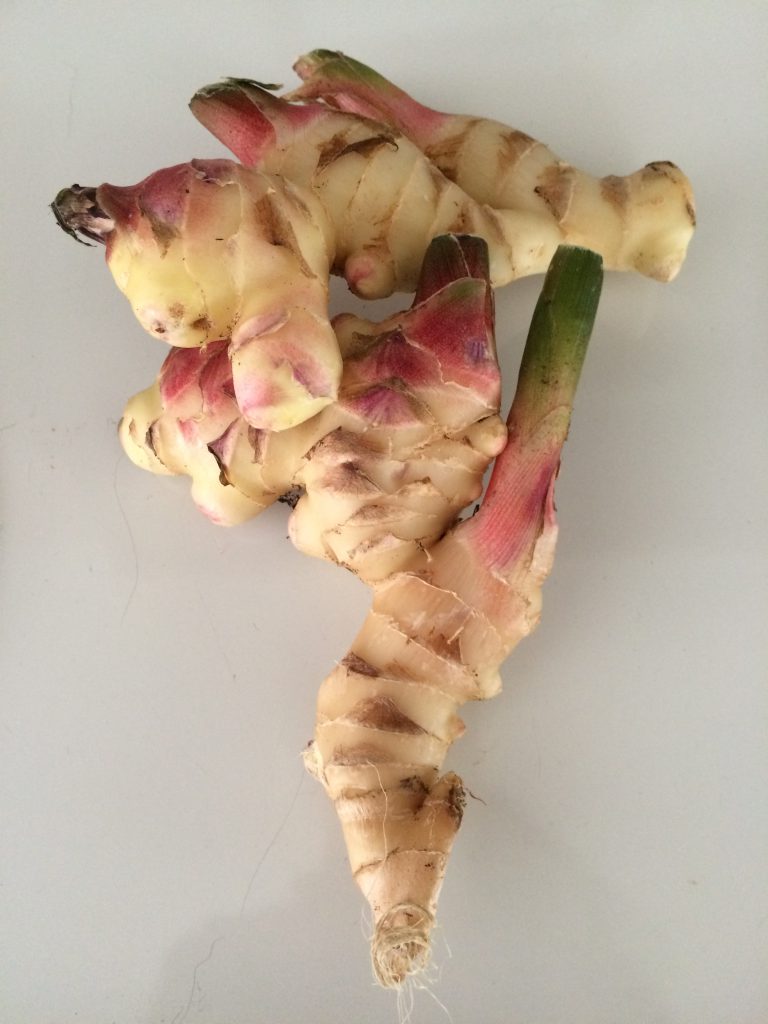
Freshly harvested ginger rhizomes. Photo by Molly Jameson.
Fall is finally here and we are beginning to enjoy our first few bursts of cold air coming in from the northwest. For many, this inspires us to prepare dishes with all of our favorite seasonal spices – nutmeg, cinnamon, cloves, and ginger come to mind. While all of these spices can be grown, did you know that edible ginger, Zingiber officinale, is one of the easiest roots to grow in North Florida?
It is as simple as planting a piece of fresh ginger root, or rhizome, in the spring and keeping the root moist for a few weeks while they sprout. Ginger prefers soil rich with organic matter and partial shade. Therefore, it is often an excellent choice for yards with many trees, as is common among our many oaks and pines. It also has very few pests and can be largely ignored as it grows throughout the year.
During the warm seasons, you will enjoy this perennial’s dark green narrow leaf blades, and although not as showy as ornamental gingers, it will occasionally produce green oblong stalks with white and dark red fragrant flowers. When our cool nights return and the tops die back, it is the signal to dig up the roots, which will have multiplied, and take some in for eating and place some back in the ground for next year’s harvest.
After digging up the rhizomes, allow them to air dry in the shade. To make your ginger root last, place in a sealed bag, and store in your freezer, peeled or unpeeled. You can then take out pieces as you need them throughout the year, and it can easily be grated frozen.
So get ready to make ginger bread, gingersnaps, ginger muffins, ginger ale, ginger-based sauces, ginger spiced soup, and so much more, all with your fresh, spicy, pungent homegrown ginger root!
by Les Harrison | Sep 28, 2016
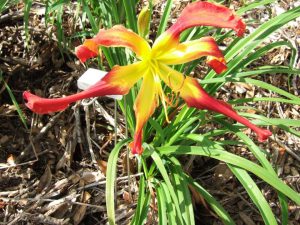
‘Wild Wookie’ Daylily. Photo credit: Sally Menk, Florida Master Gardener.
The daylily is a popular flowering perennial with East Asian origins which has adapted well to Florida landscapes. Plants are available in a wide variety of growth habits, flower shapes and colors, including yellow, orange, red, pink, purple, near-white and shades and combinations of all of these.
Flowering starts in March for early-season bloomers with late-season cultivars starting in mid-May. The typical bloom period is about four to seven weeks, although some varieties bloom even longer.
As their name accurately indicates, daylilies are members of the lily family, in the genus Hemerocallis. “Hemero” is Greek for “day” and “callis” for “beauty,” so the scientific name translates to beauty for a day.
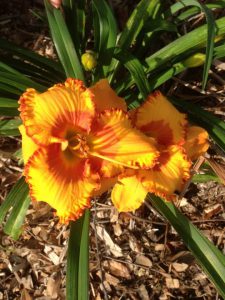
‘Cajun Dreaming’ Daylily. Photo credit: Sally Menk, Florida Master Gardener.
For the adventurous eater, the flower buds and petals of daylilies are edible raw, boiled, stir-fried, steamed, stuffed, or battered and fried. Dried daylily petals, called “golden needles,” are used in numerous Chinese dishes.
Many of the modern varieties of daylilies available today have been developed from native Chinese species. Early settlers from Europe and Asia brought many of the original species with them to America in earlier centuries.
Daylilies grow best in full sun or filtered shade. The darker colored red and purple varieties flourish better in partial shade, while light colored yellows, pinks and pastels varieties need full sun to bring out their best colors. The filtered light level under pine trees is ideal for growing daylilies. Heavy shade should be avoided because it will cause thin, spindly growth and poor flowering.
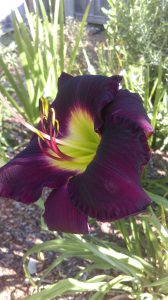
‘Bold Move’ Daylily. Photo credit: Jaci Zwierzchowski, Florida Master Gardener.
The soil of daylily beds should be topped with three to four inches of organic matter, such as peat, compost, or well-rotted manure. The amended soil should be mixed or tilled, leveled and then moistened. The soil pH should be between 6.2 and 6.8, with 6.5 being optimal.
Daylilies survive dry conditions well because of their extensive root systems. However, the number and size of blooms, plant growth, and overall vigor can be adversely affected by prolonged drought.
Daylilies multiply fairly rapidly and plant division is an easy way to propagate them for new locations in the home landscape or to share with friends. Division is best done immediately after the flowering season. Dig the entire clump and shake or wash off the soil without damaging the roots. It is easy to see where the divisions can be made with smaller clumps being easily pulled free to establish a new planting.
The home gardener can expand and share the beauty of these perennials, only spending a little time to accomplish this feat.
To learn more:
Daylilies for Florida

by Mary Salinas | Sep 22, 2016
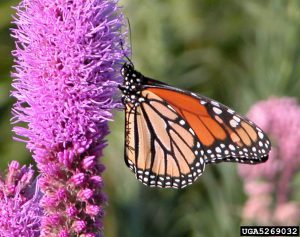
Monarch butterfly on dense blazing star (Liatris spicata).
Beverly Turner, Jackson Minnesota, Bugwood.org
The Florida panhandle has a treasure of native wildflowers to enjoy in every season of the year. In the late summer and fall, blazing star, also commonly known as gayfeather, can be found blooming in natural areas and along roadsides. You can also add it to your landscape to provide beautiful fall color and interest year after year.
Blazing star is a perennial that is native to scrubs, sandhills, flatwoods and upland pines; this makes it a tough plant that can endure drought conditions once it is established. It is ideal for a low-maintenance landscape and is a perfect addition to a butterfly or pollinator garden. The butterflies and bees love it!
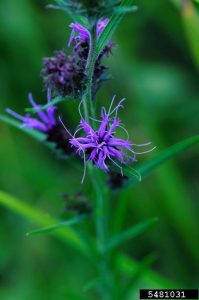
Scaly blazing star (Liatris squarrosa). Photo credit: Vern Wilkins, Indiana University, Bugwood.com.
This beauty grows tall and slender so it is best when planted in masses for an impressive display. This lankiness can result in lodging, or falling over, when the blooms get too heavy but this can be alleviated when grown in masses or with other wildflowers that can support them. The spent flowers will provide your garden with more seed for future years and form a larger colony.

Chapman’s Blazing Star (Liatris chapmanii). Photo credit: Mary Derrick, UF/IFAS.
The home gardener can add blazing star as potted plants or by seeding directly into the soil in October in north Florida. Seeds are available from numerous online sources. Before you purchase, however, make sure that the species you select is a Florida native!
For more information and seed sources:
Florida Wildflower Foundation
Common Native Wildflowers of North Florida

Missing rose buds, pulled up pansies, and damaged tree trunks are all signs that something has been visiting your garden while you are away. But what could it be? Most gardeners are familiar with leaf spots caused by fungal diseases or minor feeding damage by insects, but to see half a shrub or an entire flower bed demolished overnight indicates a different type of pest.













